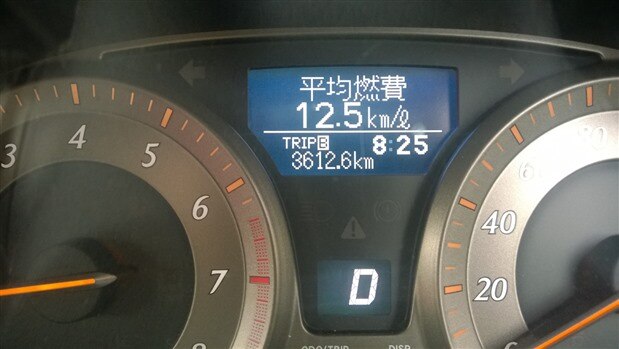The other major contributor to Carbon dioxide footprint is transportation accounting for the 13% of global emissions in 2004.
For a typical household, transportation would be the second main contributor for carbon footprint and part of this system is to quantify and monitor how carbon dioxide we are emitting from our daily routines.
Measuring Carbon Dioxide
There are a number of ways to determine the amount of CO2 emissions, from simple approximations to actual measurements. The simplest I found is just a multiplier of the vehicles' CO2 emission rating, usually in gram/km. For my specific case, I am driving a Toyota Blade, and has a rating of 191 gram/km. However, I am not quite satisfied about this method since the car can be idling most of the time, resulting in a shorter distance travelled but would actually emit more CO2 than a car travelling long distance but with minimal idle time.
Alternatively, but still using the vehicle information, this time labelled as L/100km, or the amount of fuel used (in Litters) per 100kms. My car has this rating specified to be approximately 3.8L/100km or 26.3157 km per Litter of petrol used. These values are mostly likely measured in controlled conditions and does not reflect the car's actual efficiency. In reality, the efficiency is just 12.5 km/l as shown in my dashboard.
This link has a scientific method to calculate the theoretical value of how much CO2 is emitted during combustion arriving at 2.22 kg of CO2 per liter of Petrol. By using actual vehicle efficiency of 12.5km/l and 2.22 kg of CO2 per liter of Petrol, we can resolve how much CO2 per distance travelled (in km), and call this as the CO2 emission factor:
CO2 Emission Factor = 2.22 kg/l ÷ 12.5 km/l = 0.1776 kg of CO2 per kilomter or 177.6 gram/km.
Carbon Footprint and Idling
The infographic on the left illustrates the effects of idling into the carbon emission formula. For the proposed system, we will measure how long we have been idling for each trip, and attempt to translate this into tangible savings.
CO2 Concentration to CO2 Emission
Using CO2 sensors, such as the MQ135, can measure the amount of CO2 in ppm. I initially thought of using the collected data to determine carbon footprint. However the relationship between the two metrics is inconclusive at this stage and further research is required.
Conclusion
Better estimation of CO2 emission is through measuring amount of Petrol consumed than distance traveled. To determine actual fuel consumption per trip, one must install a digital fuel gauge (for older vehicles) or tap into CAN bus and listen for fuel gauge value as reported by the vehicle MCU.
The next post will be about the implementation of a mobile application using the information gathered in this research.
References:
Global Emissions | Climate Change | US EPA
TOYOTA BLADE [IMPORT] (2005-2011) - Search Cars and Vehicles Ratings by RightCar NZ
CO2 Emission Ratings for your Car provided by RightCar NZ
Toyota Auris - Wikipedia, the free encyclopedia
http://www.epa.gov/oms/consumer/f98014.pdf
http://ecowatch.com/2013/12/12/stop-idling-car-cut-emissions/




Top Comments
-

mcb1
-
Cancel
-
Vote Up
+1
Vote Down
-
-
Sign in to reply
-
More
-
Cancel
-

xever
in reply to mcb1
-
Cancel
-
Vote Up
0
Vote Down
-
-
Sign in to reply
-
More
-
Cancel
-

mcb1
in reply to xever
-
Cancel
-
Vote Up
+1
Vote Down
-
-
Sign in to reply
-
More
-
Cancel
Comment-

mcb1
in reply to xever
-
Cancel
-
Vote Up
+1
Vote Down
-
-
Sign in to reply
-
More
-
Cancel
Children